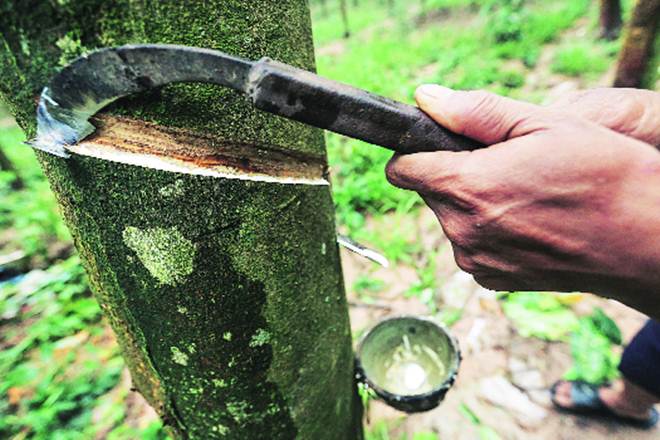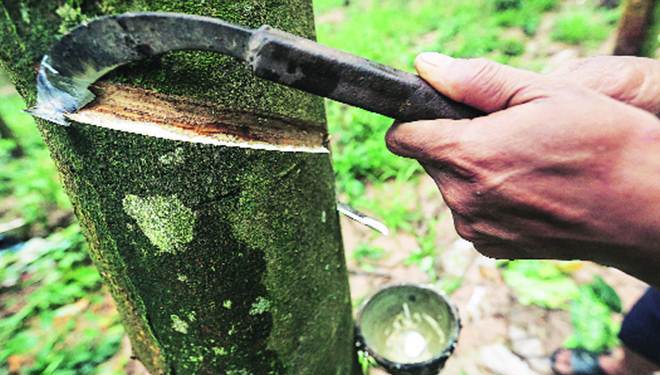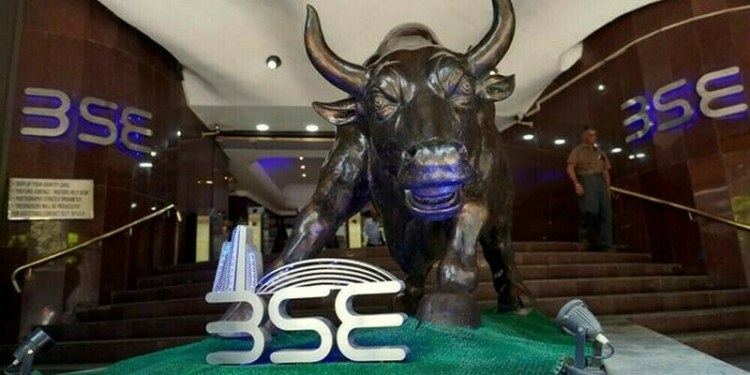The sagging spot rubber market has bounced back dramatically this week, from Rs 120 per kg to Rs 127 per kg.
 It was in July 2017 that the NR price had crossed the psychological barrier of Rs 140 per kilo for the last time.
It was in July 2017 that the NR price had crossed the psychological barrier of Rs 140 per kilo for the last time.
The sagging spot rubber market has bounced back dramatically this week, from Rs 120 per kg to Rs 127 per kg. Interestingly, as if in anticipation of the natural rubber (NR) price rally, in early May, most tyre firms had hinted at input-pushed price hike ahead.
One of the reasons for the jump in the price is the surge in crude oil prices. Experts say that it is no more viable to substitute NR component in tyre with imported synthetic rubber whose price goes up in proportion with the rally in crude prices. Secondly, the gap between the international price of NR and domestic price of NR has diminished to make the domestic rubber sourcing more viable. Thirdly, due to the unexpected showers in the rubber plantations across Kerala, the production is haphazard.
However, it is too early for rubber growers to call for the champagne, according to Anu V Pai, analyst, research division, Geojit Comtrade. “One can hardly see a sustained price rally, unless the RSS-4 price crosses `140 per kilo, although there are several positive factors in the market like the price difference with international price and increase in the price of synthetic rubber. Low NR prices for too long had robbed the rubber grower’s confidence in investing in rain-guarding,” she told FE.
It was in July 2017 that the NR price had crossed the psychological barrier of Rs 140 per kilo for the last time. This surge in domestic price was subsequent to the flooding in Thailand in the first quarter of 2017 that trimmed the availability of imports.
“Anyhow, if the reports of high inventory in Shanghai warehouses are credible, the Indian rubber farmer needs to be wary over imports unexpectedly pushing down the domestic price,” says Anu Pai.
Meanwhile, the signals from the tyre industry, which accounts for nearly 70% of NR demand, are that the price rise in domestic NR is here to stay. Several tyre firms, including Apollo, Yokohoma and Continental are reported to have announced price hikes of about 2%, factoring in increase in raw material costs. Some of them have even hinted that the tyre prices are likely to be hiked further in the future.
Least impressed by the NR price perk-up are the rubber growers. Last week, the farm outfit Infam had charged that while high production costs had caused increased untapped areas in rubber, utility industries had been manipulating the market too.
“Planters do suffer trust deficit on rubber price. Unless the domestic price increase is sustained for long, cultivation would be tight-belted and gradually the commodity would be wiped out,” says Siby Monipally, secretary, Indian Rubber Growers Association.
Last week, Rubber Board was forced to downpeg the forecast of NR production for 2018-2019, about 70,000 tonne lower than what was originally estimated for 2017-2018. In 2017-2018, country produced only 6,94,000 tonne of NR.




























